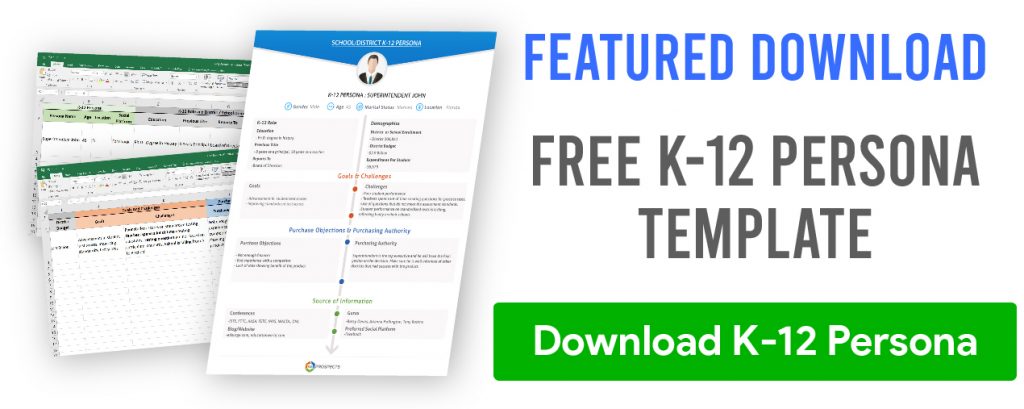Winning School District Contracts – Selling to Schools, Districts and Teachers

In the diverse market of educational solutions, from technology to textbooks, the aim is unified: to offer innovative resources that elevate teaching practices and enhance the student learning experience. Whether you’re offering software, hardware, educational materials, or any product aimed at the educational sector, navigating the complex sales landscape within this sector is pivotal. This guide provides a comprehensive strategy for marketing your products to various levels within the education system, including school districts, individual schools, and educators, tailored to a wider audience beyond just edtech companies.
Engaging with School Districts: A Comprehensive Strategy
The potential of securing a contract with a major school district represents a significant milestone for any company targeting the educational sector. Envision the impact of your product being utilized across districts, reaching hundreds of thousands of students. However, this objective demands a meticulously crafted strategy, starting with obtaining approval as an official vendor—a common prerequisite for engaging in further discussions.
When approaching a school district, it’s crucial that your product is not only scalable but also supported by concrete evidence demonstrating its efficacy. Districts prioritize quantifiable outcomes, thus your presentation must include solid, data-backed evidence of your product’s success. Upon securing a meeting with district officials, it’s critical to present your product professionally, incorporating live demonstrations and detailed data to substantiate your claims. Success in this arena can lead to district-wide adoption, a significant achievement.
Example of Success: Consider a company specializing in interactive learning materials that aimed to penetrate a large district. They embarked on a pilot program with a smaller district, gathering data to showcase a 20% improvement in student engagement. With this compelling evidence, they approached a larger district, presenting detailed analyses, student testimonials, and a live demo, including plans for teacher support and training. Their thorough preparation and concrete evidence led to the adoption of their materials across the district, significantly impacting student engagement across hundreds of thousands of students.
Direct Sales to Schools: Cultivating Relationships
At the school level, the priority shifts towards showcasing the direct benefits of your product on teaching and student outcomes. Stories of success from individual schools can serve as powerful testimonials, promoting wider adoption and potentially drawing the attention of district-level decision-makers.
Similar to engaging with districts, selling directly to schools often requires being listed as an approved vendor. Engagements with key stakeholders, like principals and lead educators, necessitate a compelling presentation that emphasizes the research-backed advantages of your product. Demonstrating success in similar educational settings can significantly influence decision-making.
Real-World Application: A startup offering a cloud-based assessment tool targeted schools with a strong commitment to technology integration. By arranging personalized demonstrations and sharing success stories from similar educational settings, they showcased the tool’s real-time data analysis and feedback capabilities. This approach not only addressed the specific needs of each school but also laid the groundwork for broader interest at the district level, illustrating the effectiveness of personalized engagement.
Winning Over Educators: The Grassroots Effort
Educators are the primary users of educational products, and their support is crucial for widespread adoption. Direct engagement through educational conferences and workshops presents a valuable opportunity to highlight your product’s benefits. Empowering educators to share their positive experiences can foster interest from school and district administrations.
Building relationships with educators also involves understanding their challenges and demonstrating how your product addresses these while improving student learning. This approach can transform educators into strong advocates for your product.
Effective Strategy in Action: An educational app developer focused on enhancing reading skills through grassroots efforts. They provided free workshops at educational conferences and formed an online community for educators to share experiences and success stories. This community-building strategy, supported by real teacher testimonials, turned educators into advocates for the app, leading to its adoption in classrooms and influencing broader decisions at the school and district levels.
Comparative Analysis: Establishing Your Competitive Advantage
In a market brimming with options, understanding your product’s position relative to competitors is essential. Schools and districts seek the best solutions, often comparing multiple offerings. Proactively conducting and presenting this analysis demonstrates your commitment to transparency and value, making your product a more attractive option.
Highlighting the unique benefits and cost-effectiveness of your product can assist educators in making informed decisions that ultimately enrich the student learning experience.



